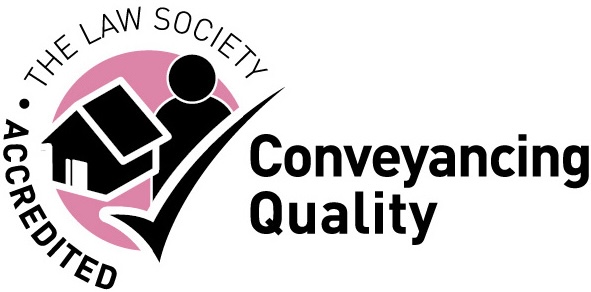A study commissioned by invasive plant specialists Environet and conducted by market research company YouGov has found that only 19% of people who say they are aware of Japanese knotweed can correctly identify it.
The Environment Agency describes the plant as ‘indisputably the UK’s most aggressive, destructive and invasive plant’.
YouGov asked respondents to pick out Japanese knotweed from a selection of five photographs. Some 81% failed, with 14% choosing bindweed, 8% selecting Houttuynia, 5% Russian vine and 6% mistaking it for common ivy, found in gardens across the country.
What is Japanese knotweed?
Japanese knotweed was introduced to the UK in the 1800s and has spread to become one of the UK’s most invasive, damaging and problematic plants. It has the ability to cause property damage, growing in cracks, through asphalt, into cavity walls and spreading into drains. It can also travel sideways under concrete until it reaches the other side, where it will emerge to spread further.
Annual removal costs are estimated at £166 million per year.
By law, you are required to prevent the plant from spreading from your land into the wild. The penalties are a fine of up to £5,000 or prison for up to two years for failing to do this.
If it spreads onto a neighbouring property, you could face legal action for causing a nuisance and be required to pay damages.
Disposal of Japanese knotweed must be done via a registered waste carrier and an authorised landfill site or suitable disposal site. Any vehicles used to transport the waste must be brushed or washed thoroughly and inspected to ensure no traces of the plant remain.
Buying or selling a home with Japanese knotweed present
The standard property enquiries will include a question about whether the property is affected by Japanese knotweed and the seller is legally required to disclose its presence at the property.
Mortgage lenders will not lend money to buy an affected property unless there is a professional treatment plan in place with an insurance-backed guarantee.
If the plant is present, a Japanese knotweed survey and management plan report should be carried out that will detail the likely issues and the costs involved in eradicating it. The report will also include whether the plant is likely to be causing damage to the property and drains as well as the risk of it encroaching onto adjacent land.
If you do decide to take on the property, you need to be aware that you will be responsible for any damage the plant causes to neighbouring property.
Eradicating Japanese knotweed
Eradication is difficult and must be carried out by professionals as DIY attempts are unlikely to work and often spread the plant more quickly and widely.
One available treatment involves excavating the affected area, filtering the knotweed rhizome from the soil and returning only clean soil to the ground. This not only completely removes the plant, but is the most environmentally friendly treatment available.
If you would like to speak to one of our expert property lawyers, ring us on 0333 305 5189 or email us at info@lpropertylawyers.co.uk

